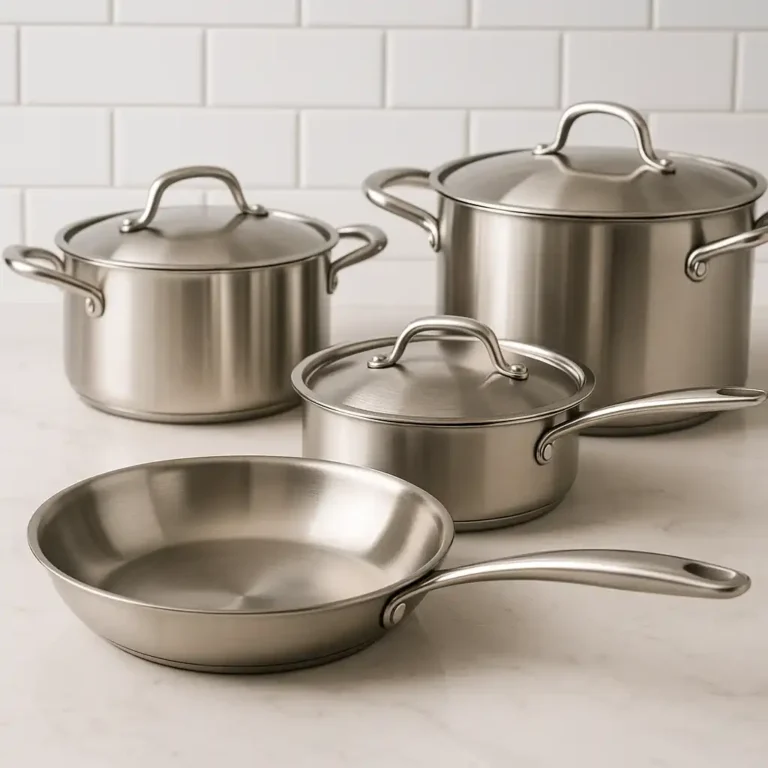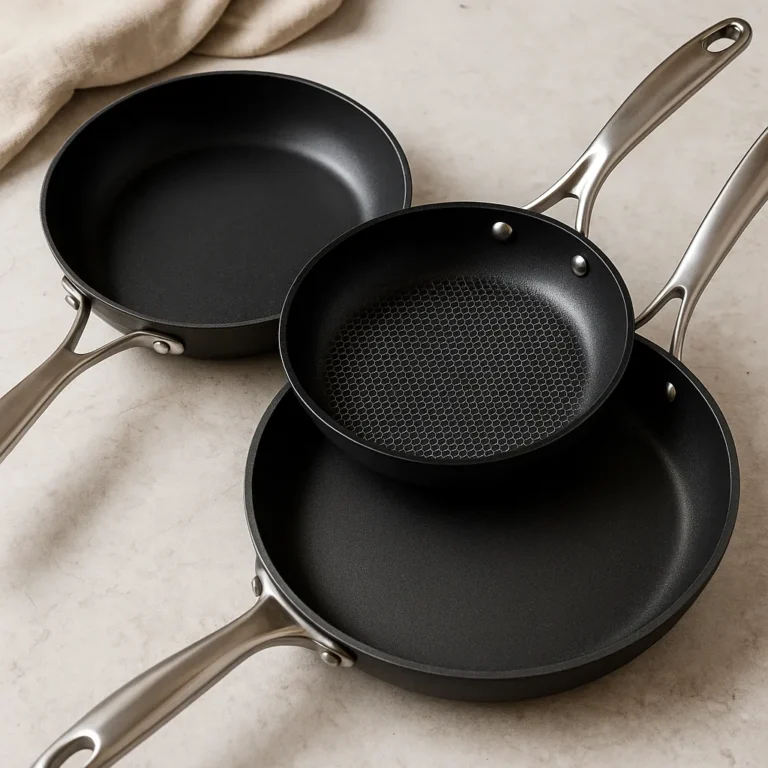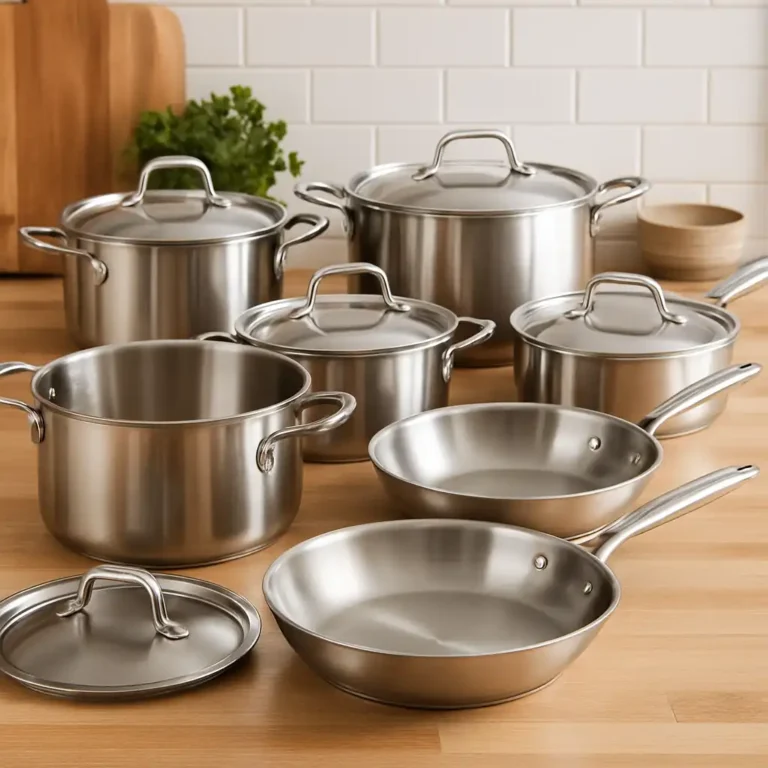Essential Pots and Pans for the Kitchen: A Simple Guide to the Must-Haves
A well-equipped kitchen doesn’t require dozens of pots and pans. With just a handful of carefully chosen pieces, you can tackle everything from boiling pasta to searing steak.
Your Go-To Cookware Staples
Most home cooks lean on the same few items:
- A nonstick skillet for breakfast favorites and quick sautés
- A medium saucepan for rice, grains, or sauces
- A large stockpot for soups, stews, or pasta
- A cast iron skillet for oven-safe cooking and deep browning
- A sauté pan for one-pan meals or heavier dishes
Start here. These pieces are practical, space-saving, and versatile.
Cooking Performance That Delivers
Stainless steel is tough, handles high heat, and gives you an even sear. It’s great for recipes that need browning or deglazing.
Cast iron heats slowly but holds onto that heat like a champ. Many home cooks use it for cornbread, steaks, and roasting.
Ceramic-coated pans are lightweight and naturally nonstick. They’re perfect for eggs and pancakes but don’t perform well on high heat. Some users mention they lose their coating faster with daily use.
Safety and Cleaning Ease
If avoiding chemicals is a priority, ceramic and stainless steel are great choices. They’re typically free from synthetic coatings like PTFE or PFOA.
Cleaning can vary. Nonstick pans wipe clean with ease. Stainless steel might need a soak if food sticks. Cast iron takes a little effort to season and maintain, but it rewards you with durability and natural nonstick qualities over time.
Cost and Value
Stainless steel sets can cost more up front, but they’re built to last. A good set won’t warp or flake with regular use.
If you’re on a budget, start with just a skillet and a saucepan. Many home cooks build their collection over time as their cooking needs grow.
Conclusion
You don’t need a full cabinet of cookware to prepare great meals. With just a few essential pieces—chosen for how you cook—you’ll be ready for most recipes. Stainless steel offers durability and versatility. Cast iron brings depth and oven safety, while ceramic and nonstick are all about easy cleanups and everyday convenience.
Choose what fits your style, and build from there.






